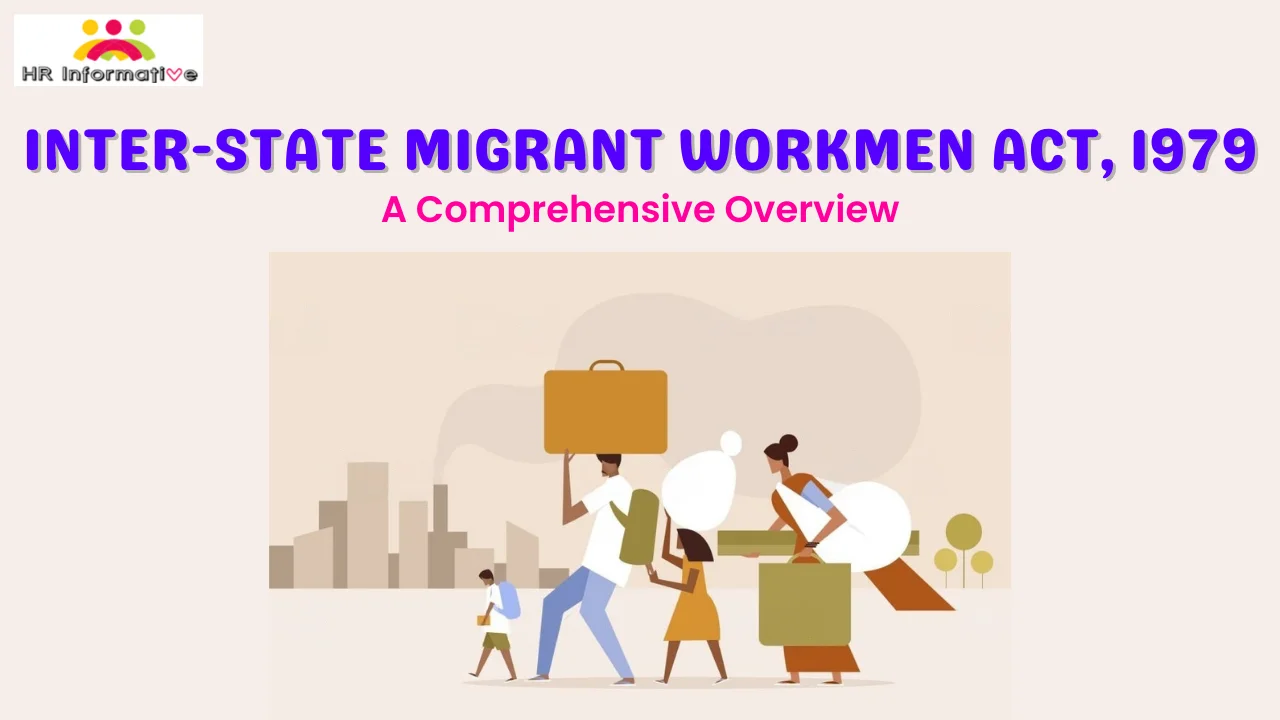The Employee Pension Scheme (EPS) is a crucial social security program in India, providing retirement income to eligible employees in the organized sector. But navigating its eligibility criteria can be confusing, especially with recent amendments. This article aims to demystify who can and can’t join the EPS, providing a comprehensive guide for both employers and employees.
Who Can Join the EPS?
- Employees with Monthly Salary ₹ 15,000 or Less: If your basic salary plus dearness allowance (DA) at the time of joining the Employees’ Provident Fund (EPF) scheme is ₹ 15,000 per month or less, you are automatically enrolled in the EPS. This applies to all new EPF members since September 1, 2014.
- Existing EPS Members: If you were already a member of the EPS before September 1, 2014, you can continue contributing to the scheme even if your salary exceeds ₹ 15,000.
- New Employees with Opt-in Option: If you joined the EPF scheme after September 1, 2014, with a salary exceeding ₹ 15,000, you have the option to join the EPS by applying to the employer within one month of joining. This option is available only for the first month of employment.
Who Cannot Join the EPS?
- Employees with Monthly Salary exceeding ₹ 15,000: If your basic salary plus DA at the time of joining the EPF scheme is more than ₹ 15,000, you are automatically excluded from the EPS, unless you exercise the opt-in option within the first month.
- Certain Exempted Categories: Specific categories of employees like government employees, public sector undertakings with their own pension schemes, and employees of autonomous bodies are exempted from the EPS.
Key Points to Remember
- The salary limit for EPS eligibility is based on the basic wage plus DA at the time of joining the EPF scheme, not the current salary.
- Existing EPS members continue in the scheme even if their salary exceeds ₹ 15,000.
- New employees with high salaries have a limited opt-in window to join the EPS.
- Certain categories of employees are not eligible for the EPS.
Making an Informed Choice
Deciding whether or not to join the EPS depends on your individual circumstances and financial goals. Consider factors like:
- Your retirement income needs: The EPS provides a monthly pension, but it may not be sufficient for your needs.
- Alternative retirement saving options: You may have other retirement savings plans like PPF or NPS.
- Tax benefits: Contributions to the EPS are tax-deductible.
Consult a financial advisor to assess your situation and make an informed decision about the EPS.
Conclusion
The Employee Pension Scheme offers valuable retirement security but understanding its eligibility criteria is crucial. By following the guidelines outlined in this article, you can ensure you make the right choice for your future financial well-being.
FAQs
Q: I earn more than ₹ 15,000 per month. Can I still join the EPS?
Ans: If you joined the EPF scheme before September 1, 2014, you can continue contributing to the EPS even if your salary exceeds ₹ 15,000. However, if you joined after that date, you can only join the EPS if your basic salary plus DA at the time of joining was ₹ 15,000 or less. You have a one-month window after joining to exercise this option.
Q: I am a government employee. Am I eligible for the EPS?
Ans: No, government employees are generally exempted from the EPS. They usually have their own separate pension schemes.
Q: What if I change jobs and my new salary is above ₹ 15,000?
Ans: Your EPS membership continues even if you change jobs and your new salary is above ₹ 15,000. Your contributions and benefits will be based on your new salary, but you won’t lose the benefits accrued during your previous employment.
Q: How much pension will I get from the EPS?
Ans: The monthly pension you receive under the EPS depends on your average monthly salary during the last 12 months of your service before retirement, years of service, and family pension factors. You can use the EPS pension calculator available on the EPFO website to estimate your potential pension amount.
Q: When can I start receiving the EPS pension?
Ans: You can start receiving the EPS pension after reaching the age of 58 or after completing 10 years of service, whichever is later.
Q: Can I withdraw my EPS contributions before retirement?
Ans: You can withdraw your EPS contributions under certain circumstances, such as permanent disability, emigration, or unemployment for two months or more. However, these withdrawals are subject to tax deductions and may impact your future pension benefits.
You May Read Also :



